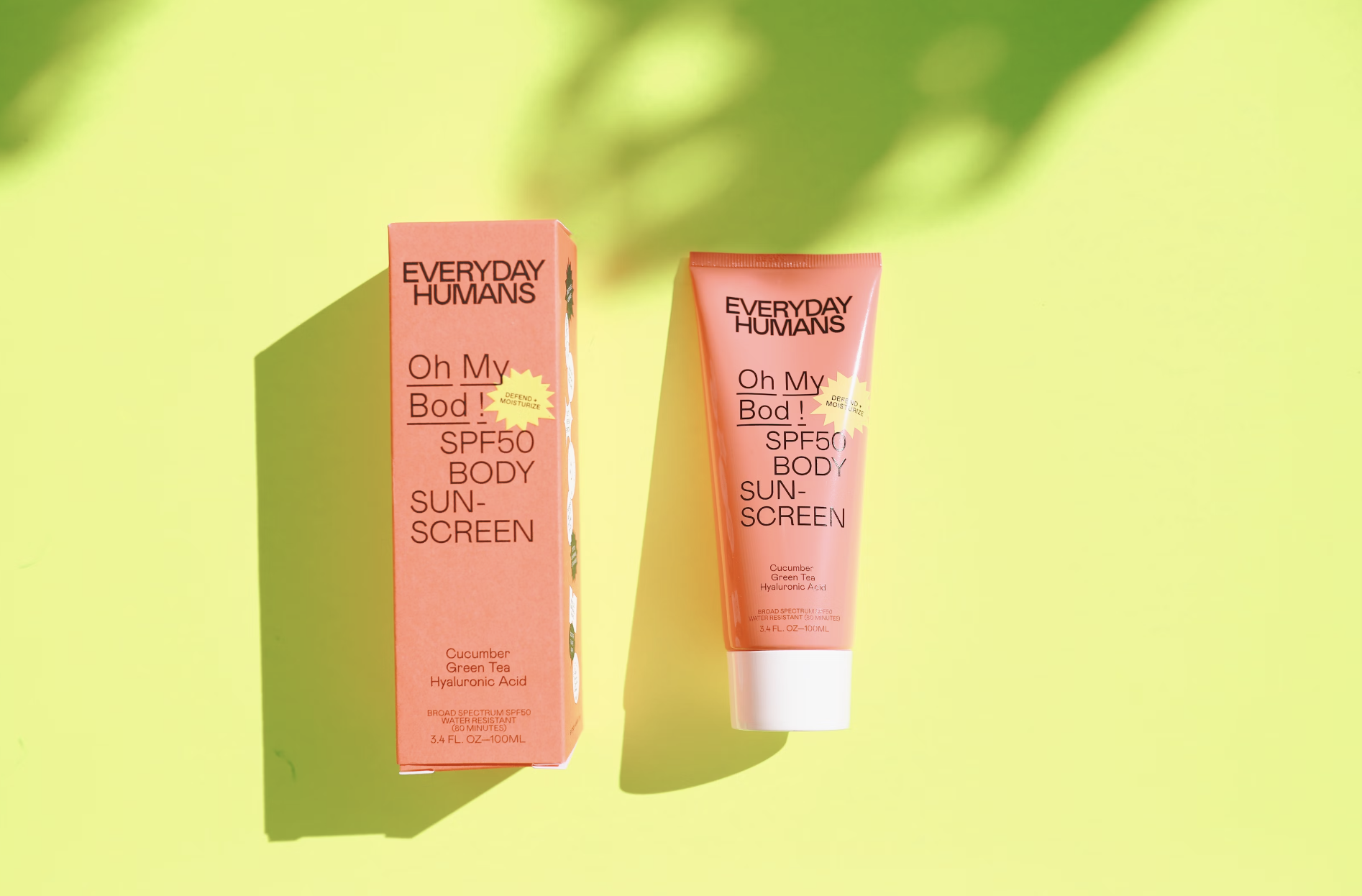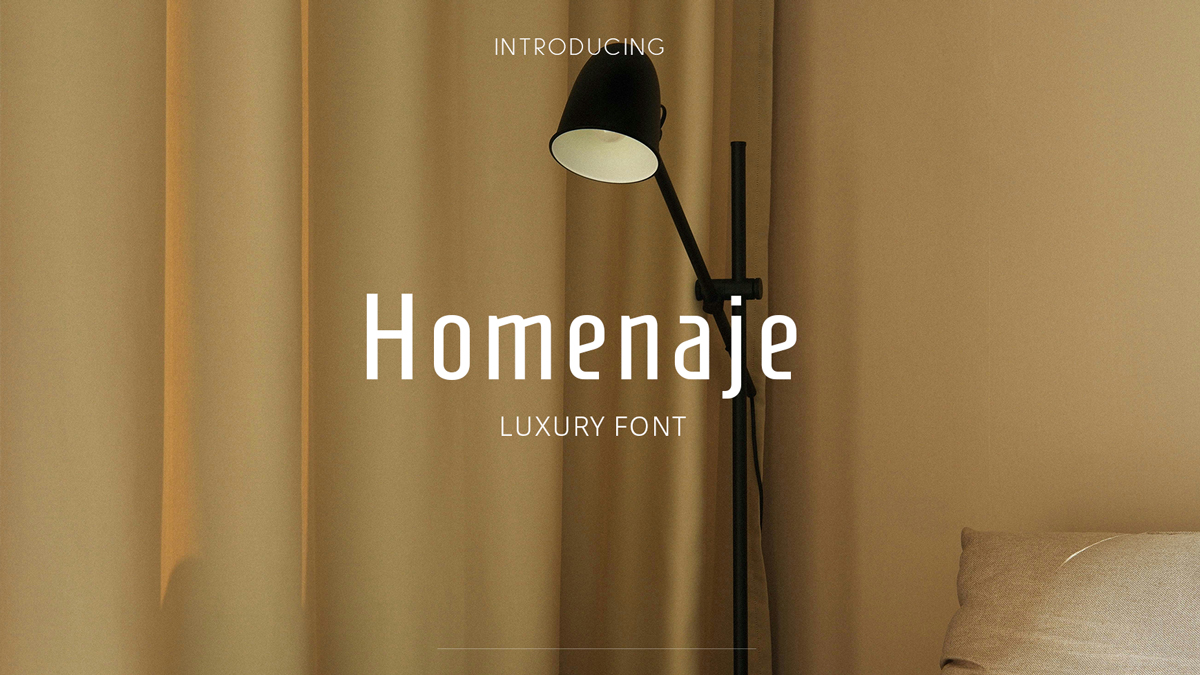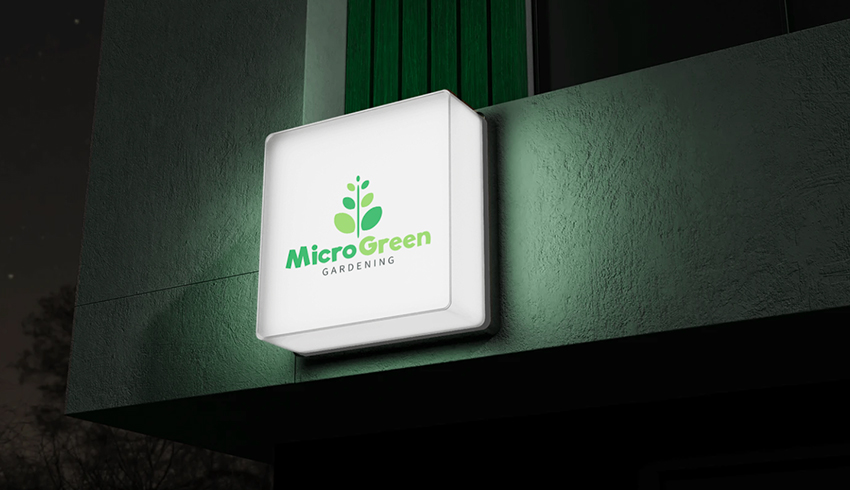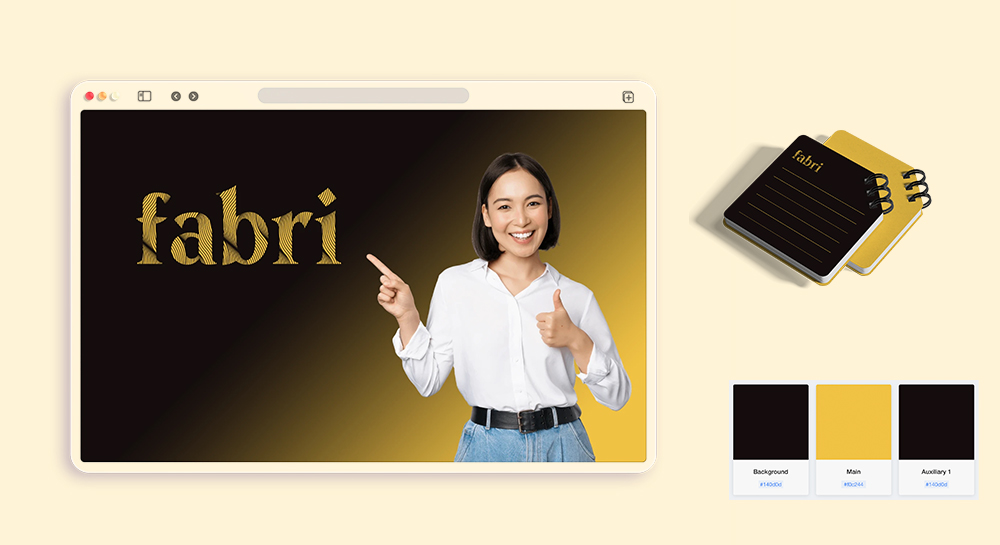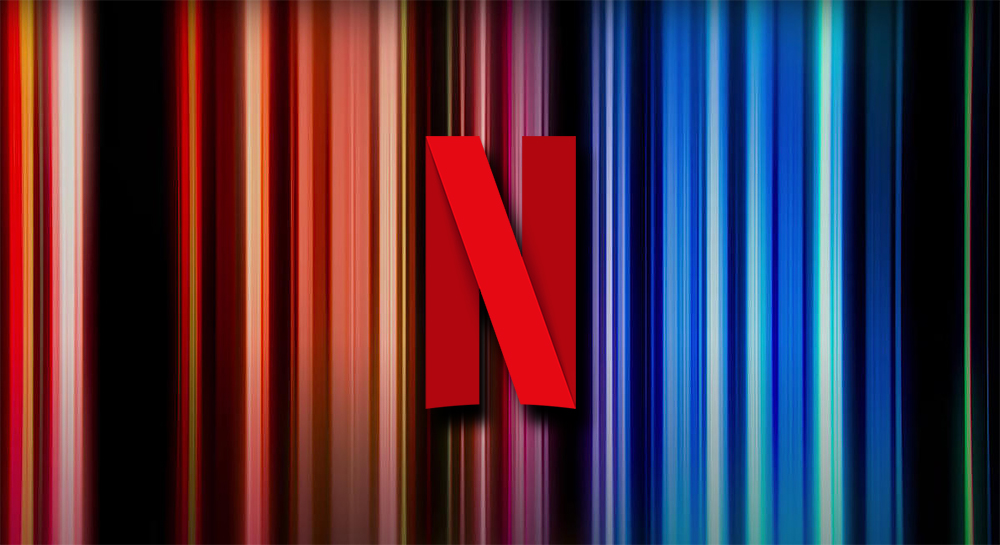In the dynamic landscape of modern business, branding has become more than creating a unique logo or a catchy slogan—it encompasses every touchpoint through which a company interacts with its audience. One such crucial touchpoint is packaging design.
In this comprehensive guide, we will explore the significance of packaging design for brands, delve into what packaging design entails, examine why it holds such importance, showcase examples of outstanding packaging design, offer practical tips to create compelling packaging. Let's delve in.
What Is Packaging Design?
Packaging design is the art and science of creating the exterior of a product's package with the purpose of protecting, promoting, and enhancing the product within. It involves the strategic use of visuals, materials, shapes, and messaging to communicate the brand identity, differentiate the product from competitors, and appeal to the target audience. Effective packaging design goes beyond aesthetics; it considers practical aspects such as functionality, sustainability, and shelf impact.
Make your own logo in seconds!
Try It NowMake your own logo in seconds!
Try It NowWhat Makes Packaging so important?
Packaging serves as the first point of contact between a consumer and a product, making it a powerful tool for brand communication and consumer engagement. Here are several reasons why packaging design is of paramount importance to branding:
- Brand Identity: Packaging design plays a crucial role in expressing the brand's personality, values, and positioning. It serves as a tangible representation of the brand and helps create a memorable brand identity.
- Differentiation: In a crowded marketplace, distinctive packaging design can set a product apart from competitors and capture consumers' attention. It provides an opportunity for brands to showcase their unique selling points and create a strong brand presence on the shelf.
- Consumer Perception: The quality, design, and functionality of packaging influence consumers' perception of the product and the brand. Well-designed packaging can convey a sense of trust, reliability, and premiumness, positively impacting purchase decisions.
- Marketing and Promotion: Packaging serves as a silent salesman, conveying key product information, benefits, and promotional messages to consumers at the point of purchase. It can influence impulse buys, drive brand awareness, and stimulate repeat purchases.
- Protection and Practicality: Beyond aesthetics, packaging design must prioritize functionality and practicality. It should safeguard the product from damage, contamination, and tampering while also being convenient to use, transport, and store.
Examples of Great Packaging Design
To illustrate the impact of packaging design on branding success, let's examine some exemplary examples from various industries:
Apple - Minimalist Packaging Design:
When a brand has a minimalist logo, it usually opts for a minimalist packaging design. Apple is a perfect example of this. Apple's minimalist packaging design reflects the brand's ethos of simplicity, elegance, and innovation. The sleek white boxes with clean typography and subtle branding create a premium unboxing experience that aligns with Apple's brand image.

Tiffany & Co. - Elegant and Luxury Packaging Design:
Tiffany's blue box has become synonymous with luxury and romance. The robin's egg blue color, paired with the white satin ribbon, along with the luxury style logo, conveys elegance, exclusivity, and sophistication, reinforcing Tiffany's status as a premier jeweler.

Innocent Drinks - Playful Packaging Design:
Innocent's playful and whimsical packaging design exudes charm and personality. The use of quirky illustrations, witty copywriting, and vibrant colors creates a sense of fun and authenticity that resonates with consumers.

Tips to Create The Best Packaging Design
Creating effective packaging design requires careful planning, creativity, and attention to detail. Here are some tips to help you craft compelling packaging that enhances your brand identity and resonates with consumers:
- Know Your Audience: Understand the preferences, needs, and aspirations of your target audience to tailor your packaging design accordingly. Conduct market research, analyze consumer behavior, and gather feedback to inform your design decisions. For cutting-edge design solutions and sustainable practices, explore Zenpack's packaging services to elevate your brand with innovative and eco-friendly approaches.
- Stay True to Your Brand: Ensure that your packaging design reflects your brand's personality, values, and positioning. Maintain consistency with your brand identity elements, such as logo, colors, fonts, and imagery, to reinforce brand recognition and loyalty.
- Focus on Functionality: Prioritize functionality and practicality in your packaging design to enhance the user experience. Consider factors such as ease of opening, storage efficiency, reusability, and environmental sustainability.
- Stand Out on the Shelf: Make your product visually striking and distinctive to capture consumers' attention amidst the sea of competing products on the shelf. Experiment with bold colors, unique shapes, eye-catching graphic design, and tactile finishes to create shelf appeal.
- Tell a Story: Use packaging design as a storytelling tool to engage consumers on an emotional level and create a memorable brand experience. Incorporate narrative elements, brand anecdotes, or product origins to evoke curiosity and connection.
- Embrace Sustainability: With growing consumer awareness and concern for the environment, prioritize sustainable packaging materials and practices. Reduce waste, minimize carbon footprint, and communicate your commitment to eco-friendliness transparently to resonate with eco-conscious consumers.

Wrap Up
Packaging design is not just about wrapping a product—it's about wrapping it in a compelling story that resonates with consumers and reinforces your brand's identity. By investing in thoughtful and strategic packaging design, brands can create memorable brand experiences, foster consumer loyalty, and drive business growth in today's competitive marketplace. Remember, the best packaging design doesn't just protect the product, it elevates the brand.

